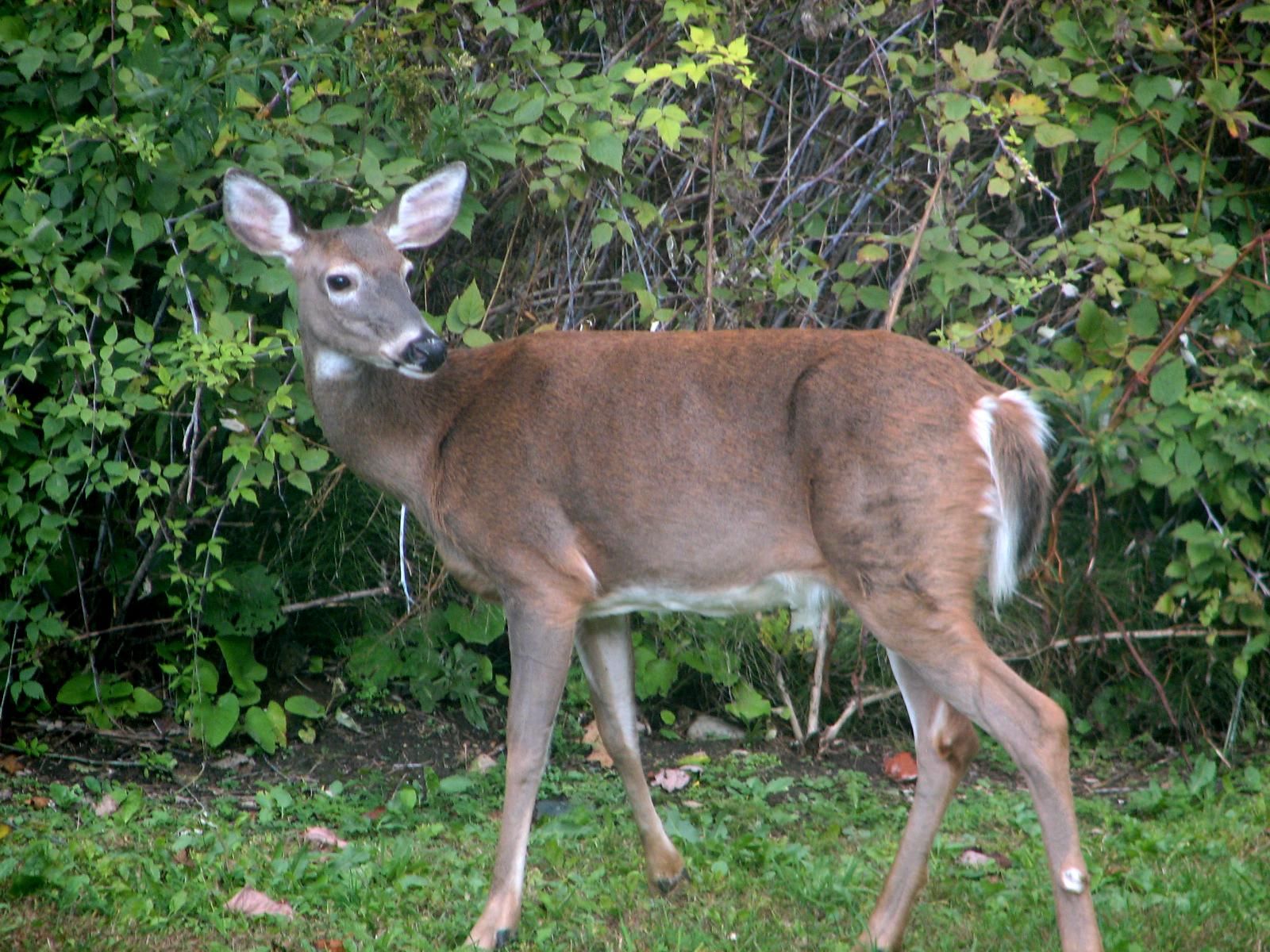Deer Resistant Plants

Deer can cause a great deal of damage to a garden in a very short time. Excluding deer from your property using fences is very expensive. Repellents can work, but need to be reapplied regularly. One of the easiest and most cost-effective way to minimize the impact deer have on your landscape is to plant deer resistant plants and avoid using plants that deer are known to prefer.
This list covers some options for deer resistant plants, organized by how frequently they are known to be damaged: “rarely” and “occasionally”. Keep in mind that a few factors can affect whether or not deer eat certain plants, and when under extreme stress from starvation deer will eat almost anything. No plant should ever be considered "deer proof".
Plants that deer tend to avoid have some characteristics that can help you identify possible deer-resistant plants to try that are not on this list.
Plants with thorny or prickly leaves or stems
Plants with strong scents and pungent tastes, such as herbs
Plants that are poisonous or produce thick, latex-like sap
Plants with hairy leaves
Occasionally, deer will taste test plants they are unfamiliar with. This can result in minor damage to plants newly installed in your landscape. Smaller plants (annuals in particular) that are newly planted can be pulled completely from the ground as deer taste test. To prevent this, use deer repellent for a few weeks after planting until the new plants are solidly rooted into the ground.
Buck Rub damage
Adult male deer can damage smaller trees by rubbing their antlers on the trunks. Bucks prefer smaller trees 1-3" in diameter to rub on. Trees planted near wooded areas where deer herds spend a lot of time are particularly at risk. This "buck rub" can peel off large sections of bark from the tree and is at the very least disfiguring. In severe cases it can kill the tree due to girdling. If you have large herds of deer near your landscape, consider protecting young trees until the tree is large enough to not interest the deer. Trees can be surrounded with protective fencing or an odor repellent (dried blood or predator urine) can be used. Planting resistant tree selections will not prevent buck rub damage.
Click below for:
